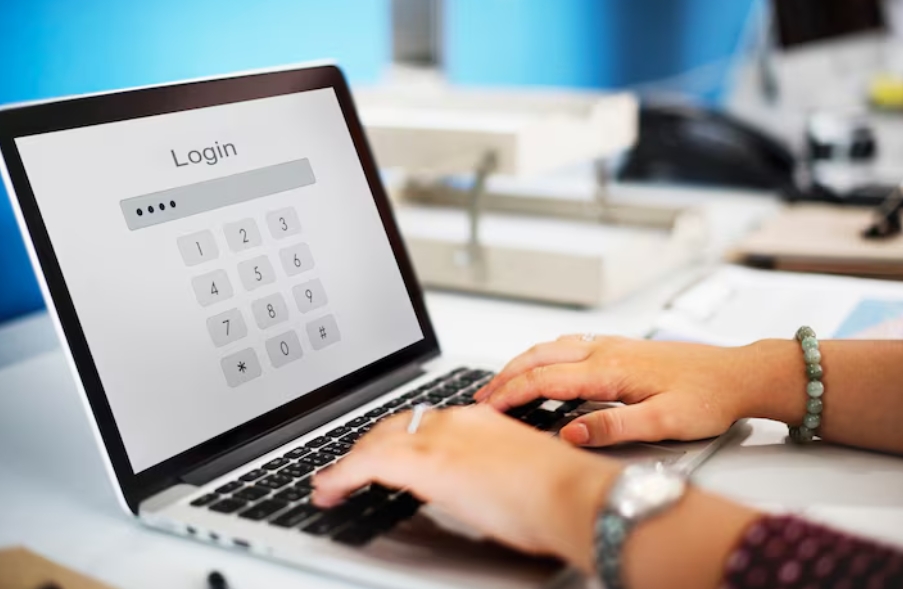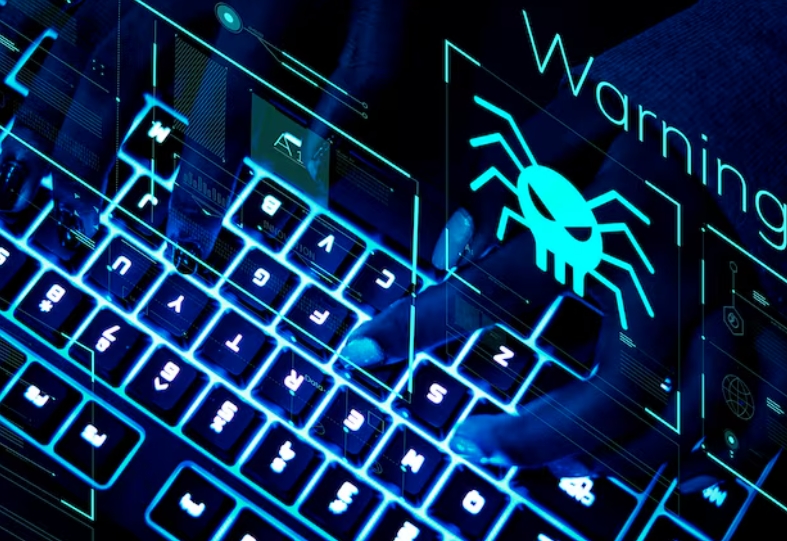Passwords are the first line of defence of our virtual privacy. And yet, on the threshold of 2020, we still continue to use certain insecure password patterns that internet criminals know perfectly well. We are talking not only about obviously insecure passwords such as “1234567” or “asdfgh”, but also about passwords based on easily traceable personal information such as birth dates, anniversary dates or pet names. But how do you create a secure password?
Tips for creating a secure password
Our first piece of advice is closely related to what we have already mentioned with regard to personal information: do not create passwords based on data that can potentially be found on social networks or in any other online environment. After all, cybercriminals rely on so-called social engineering techniques that enable them to collect all the information available online about a specific person. As you can imagine, they use this information to predict passwords.
“What if I change certain letters to numbers to make these information-based passwords more difficult to guess? It doesn't work. Criminals know all the substitution tricks and experiment with them to discover passwords. Nor does it work to combine upper case, lower case and numbers if we are applying them to public personal information. This is not create a secure password. It may take cybercriminals longer to figure it out, but they will eventually do so.
The same goes for language combinations. Combining words in different languages can increase the security of a password, but again, if we are applying such a strategy to a word linked to our personal online identity, we are far from being protected. For create a secure password we really have to resort to another mechanism. One that computer security experts have called the best of them all.
Creating an effective password with letters, numbers and symbols combined
The most valuable mechanism for creating secure passwords is the combination of several words that are not directly related to the person, making it very difficult to guess, but that can be remembered thanks to a logical relationship established particularly by that person. In other words, we have to take several words with no apparent relationship between them, preferably random, and give them a unique sense of relationship that no other person can provide.
It's complicated, but it's worth it. After all, passwords protect both our personal and professional data. All precautions are too little. That's why, once you have a three-word combination linked by an entirely personal logical criterion, you should subject it to the rest of the secure password-creation advice that exists. This is the only way of guaranteeing a password that computer thieves will not be able to guess under any circumstances.
In that sense, for create a secure password from the previously detailed mechanism must add other rules such as that it has a minimum of fifteen characters. Or that it has letters, numbers and symbols to enhance its security. Once we have it, it is very important not to recycle it for different services. The more passwords you have, the more overall security you will have. The discovery of one of them would not mean putting all your accounts under the control of cybercriminals.




